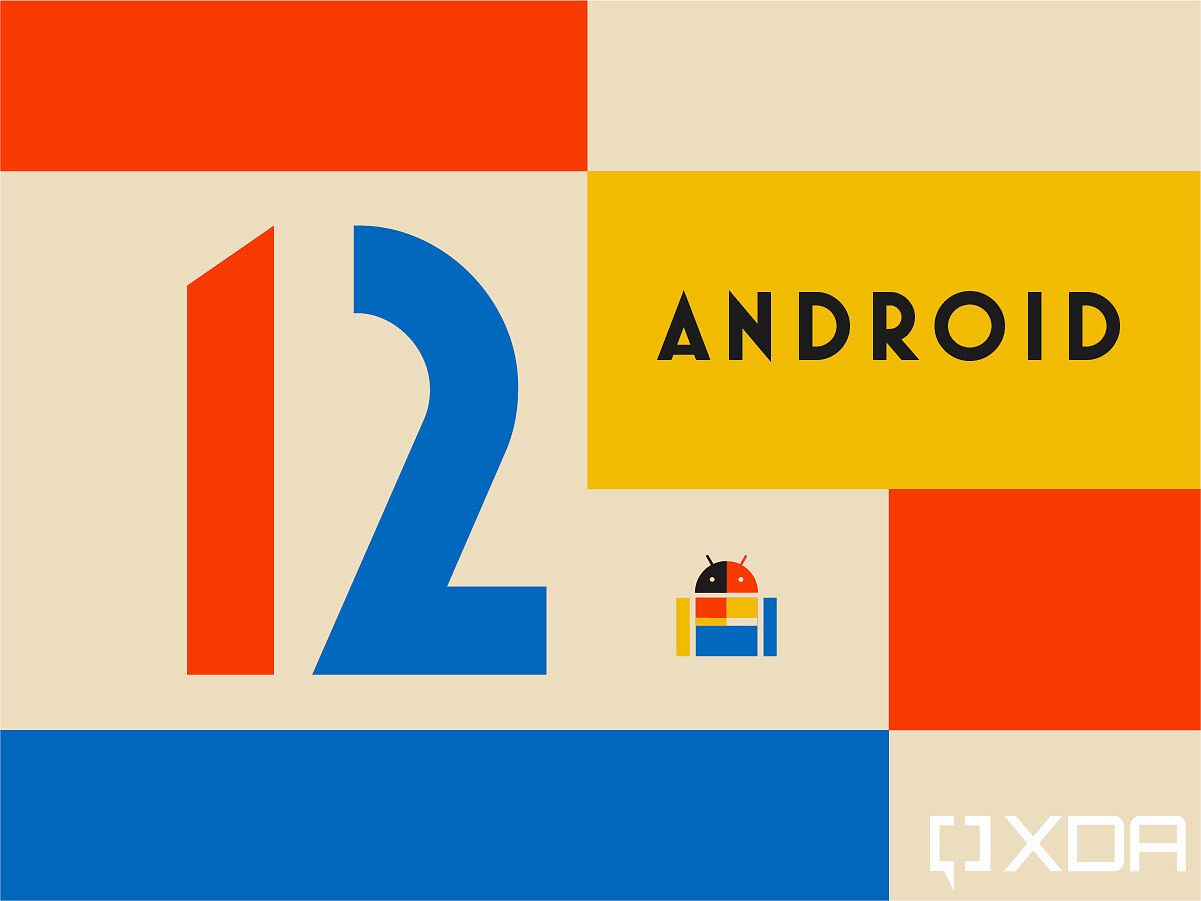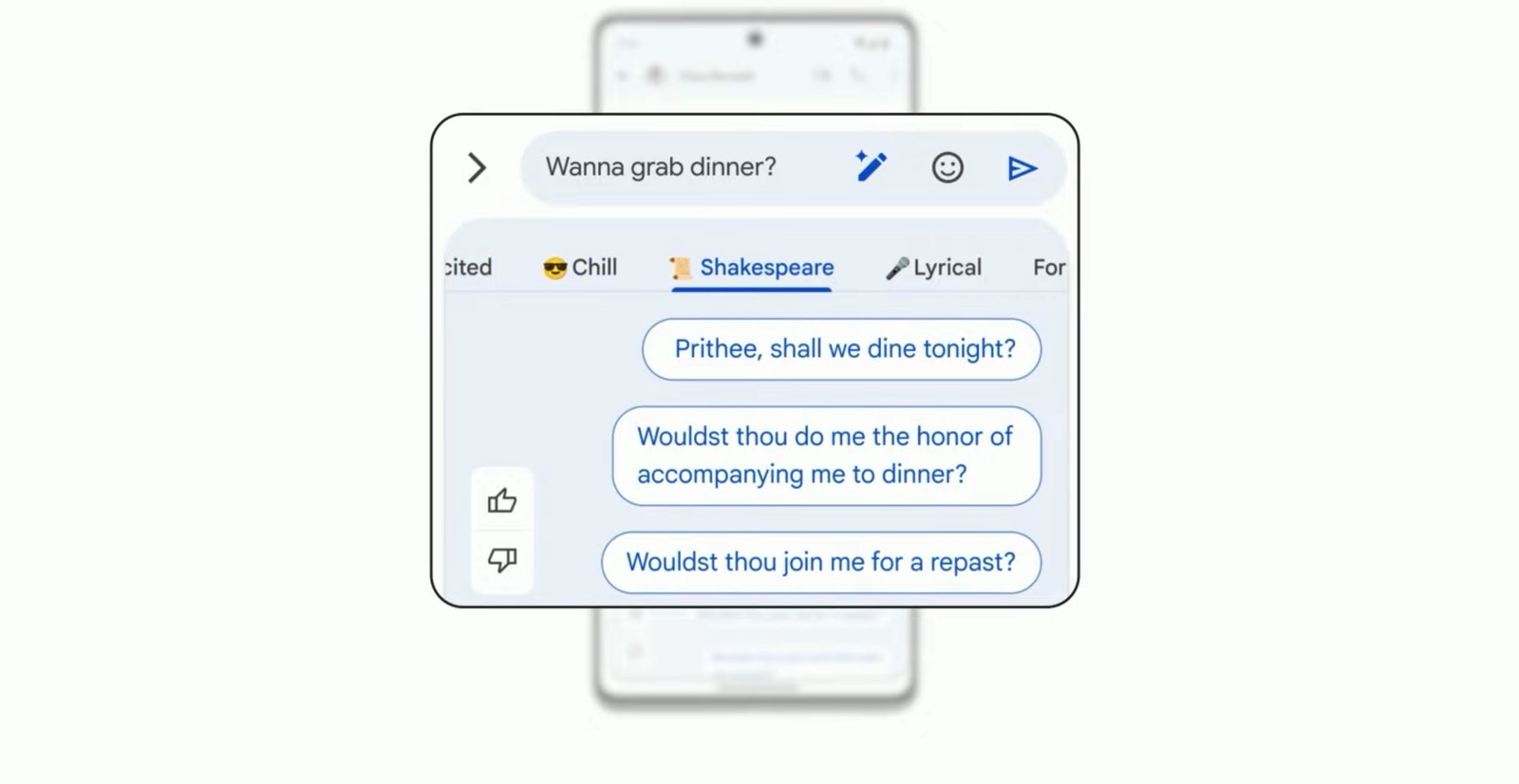
Last week was an important one for the Android ecosystem, as the Android Developer Summit came and went. Google officially revealed the upcoming Android 12L release, which will focus primarily on large-screen devices, and there was plenty of other news to come out of the event. If you have a foldable phone, tablet, or Chromebook, there are definitely changes coming down the pipeline to get excited about.
As the dust was settling, we sat down with Sameer Samat, the VP of Product Management for Android and the Google Play Store for a virtual interview. He was eager to talk about what sets apart Android as a platform, like Google’s practice of not charging a licensing fee to device manufacturers. Instead, the development of Android is largely paid for by revenue from the Play Store. “Both great devices and great apps are critically important to convincing consumers that the Android ecosystem is where they want to me,” he told me.
Google has faced plenty of criticism for its Android revenue model over the past few years, especially as lawsuits with Epic Games over Fortnite’s removal from the Play Store are ongoing. However, the company is starting to reduce the strain on app developers, perhaps in part to that criticism. Google announced shortly before the Android Dev Summit that all service fees for subscriptions will be dropped to 15% (down from 30% in the first year, and 15% after that), and fees for select types of applications (like video players or book stores) can be as low as 10%.
Even though he was quick to jump to answers for possible questions about Android and the Play Store’s business model, I had different topics on my mind. The sudden focus on foldables and tablets with Android 12L was something of a surprise, given Google’s lackluster attitude towards tablets in recent years, and I was curious about some of the decisions made with the new Material You system-wide theme engine.
Note: The questions and answers here have been slightly edited for easier reading.
Material You & Themes
XDA: Android has had extensive theming capabilities for years, and custom ROMs like CyanogenMod had their own theme engines. Those systems were either reserved for device manufacturers creating their own Android “skins,” or were used to create pre-defined themes by the modding community. Why did Google choose to go with a new automatic theming approach with Material You, instead of, for example, distributing themes through the Play Store?
Material You was a huge thing at Google, we weren't even sure when we started that we could design it in the right way.
Sameer: From a consumer perspective, we had a particular vision in mind around how we wanted the device and the Android ecosystem to come together around you, and your choices, from the wallpaper to all the other elements. From a developer standpoint, we wanted to make sure that there weren’t many different ways a developer had to deal with the theming. This was a huge thing at Google, we weren’t even sure when we started that we could design it in the right way. If you think about it, when a designer sits down and works on something like Gmail, the colors they choose matter a lot for signaling what to click on, what not to click on, all these different things. We wanted to make sure that wasn’t a problem, and we thought that would increase adoption from a developer standpoint.
XDA: Over the years, Google has been adding more interface changes that are exclusive to Pixel phones. Is Google planning to differentiate or rebrand the flavor of Android on Pixels, similar to OxygenOS by OnePlus or One UI by Samsung?
Sameer: Android is a big ecosystem of device makers, and the Android operating system is there to support that huge ecosystem. There’s no change in that strategy, and we endeavor to make every android release adopted by all OEMs and app developers. In terms of your specific question, nothing to announce on that.
Chromebooks and Wear OS
XDA: Samsung joining the Wear OS ecosystem is a pretty big deal, and there hasn’t been much third-party app development in the past for Wear OS. Has Google seen a significant rise in interest for creating Wear OS apps since Samsung announced the Galaxy Watch 4 with Wear OS?
Wear OS 3 was very exciting to Samsung.
Sameer: I don’t have numbers to share right now, but anecdotally I can tell you, absolutely. I’ve been in conversations with many of the top developers personally for fitness applications, health applications, and other categories we love on watches. I can tell you that Wear OS 3 was very exciting to [Samsung], and the commitment to Google building applications and development tools is very motivating. Many developers that have great services have updated their apps on the platform, and there are many more to come.
XDA: Chromebooks have changed quite a bit over the past few years. The Google Play Store is now the main avenue for software, most of which is built for Android, but some Progressive Web Applications are also distributed through Play. Do you see Google Play ever expanding its distribution to include Linux software for Chromebooks or more web apps?
Sameer: I think we’re always open to feedback around what will make things easier [for users]. I think the genesis for what you just described with web applications on Chromebooks came from that kind of feedback, we wanted to make it easier for people to come to one place and install the app from the developer that the developer wanted them to have for that form factor. So I can imagine that can be taken further, we don’t have any plans to announce now, but we’re always listening to feedback around that.
Android 12L
XDA: Google has hyper-focused on tablets around the release of Android 3.0 Honeycomb in 2011, but that attention wavered, and now I have my Samsung Galaxy Tab with only three or four Google-made apps that are properly optimized for tablets. The primary goal of Android 12L is to optimize the system and app layouts for large screens, how will Google prevent 12L from becoming another Honeycomb situation?
Sameer: I think to make sure that these large screen form factors do everything consumers want them to do, and be super competitive, it will require all major app developers to work together — Google, and many others. We’re super excited about these form factors, we just released a bunch of tools to help build for them, some of which Google teams are already using. I think the next 18-24 months for these form factors is going to be super exciting.
XDA: What does the ‘L’ in Android 12L stand for?
Sameer: It’s kind of mysterious, isn’t it? Maybe we should leave it mysterious.
Interview: Google’s VP for Android and Play PM talks about Material You, Wear OS, and the ‘L’ in Android 12L - XDA Developers
Read More

No comments:
Post a Comment